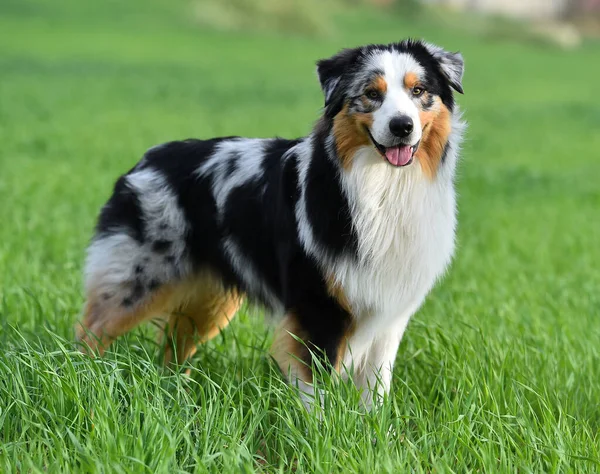
They can bring your slippers, stay on command, and gaze up at you adoringly as though you’re the center of their entire universe. Others? They’d rather run after a squirrel, dig up the flowers, or pretend they’ve never heard the word ‘come here’. The truth is, some breeds were bred to be independent thinkers and that independence will make training a part-time gig. But here’s the better news: with the proper attitude, even the most stubborn pups can learn to be fine friends.
Experts are agreed that the secret is to recognize the instincts of a breed. The majority of hard-to-train dogs aren’t being “naughty” they’re merely doing what they were bred to do. If it’s a nose that just can’t resist the scent trail or a brain that enjoys solving puzzles, these traits can be channeled into useful endeavors. This listicle delves into the nine breeds on the top of the “tough to train” lists, as well as pro tips on how to deal with their idiosyncrasies instead of going against them.
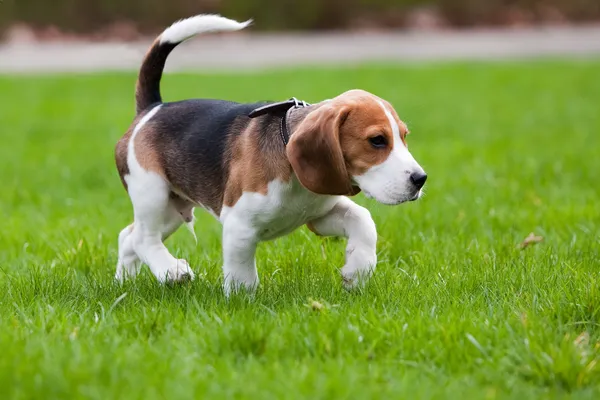
1. Beagle
Beagles are sweet, family-loving, and adored for their pleading eyes but their overactive noses can sabotage any training session. Hunting bred and genetically predisposed to follow scents, they often overwhelm commands with their desire to follow their noses. Celebrity trainer Chrissy Joy says, “They can be challenging to train in distracting environments outside and off-leash recalls.” The silver lining? Beagles are highly food-motivated, so valuable rewards can work miracles. To keep them engaged, include scent games in training. Hide treats around the yard or employ a snuffle mat to satisfy their track instincts while instructing recall. Patience and consistency are the tricks and remember, the nose always knows, so include it in the strategy.
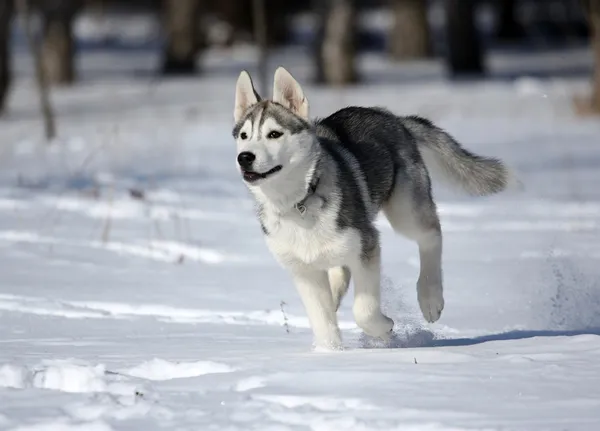
2. Siberian Husky
With their stunning looks and boundless energy, Siberian Huskies are as intriguing as they are challenging. Bradley Phifer, executive director of the Certification Council for Professional Dog Trainers, says, “Huskies are notoriously independent and willful, making them resistant to training methods that other breeds may respond well to.” These sled dogs thrive on physical and mental activity. Start early training, mix commands with plenty of exercise, and reward with positive reinforcement so that they come to trust you. Exercise like canicross or agility can channel their energy into partnership, eliminating the desire to dig, howl, or flee.
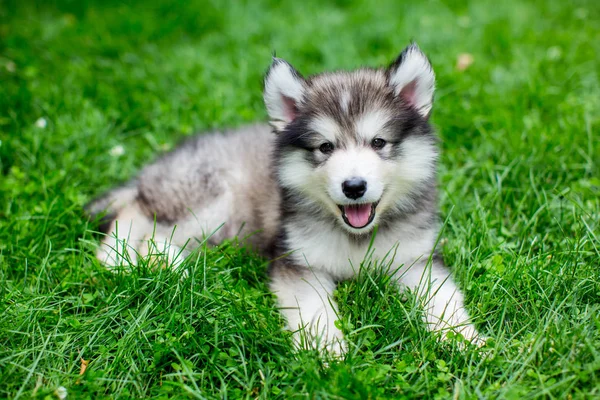
3. Alaskan Malamute
Similar to Huskies, Alaskan Malamutes are sturdy, willful, and bred to last. Traci Madson, CPDT-KA, writes that they’re “not highly motivated by food, toys or wanting to please their owners” and have high prey drive. That makes recall especially difficult. Provide Malamutes activities appropriate for their heritage, like pulling sleds or working with a flirt pole to satisfy predator urges in a safe manner. Structured enrichment keeps them both physically and mentally stimulated, so training is more effective.
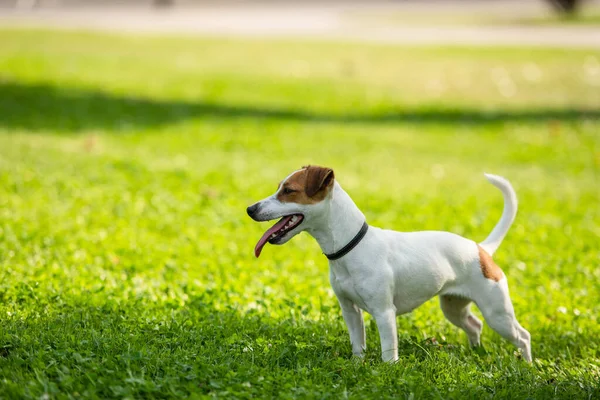
4. Jack Russell Terrier
Small but energetic, Jack Russells were bred to hunt foxes and possess excess energy. Joy advises, “They love to learn and play games but can get bored, which could lead to destructive behavior.” They are instinctively prey driven and curious and will pursue anything moving. Make training sessions short, varied, and fun. Include agility courses, puzzle toys, and obedience training to keep their minds as well as bodies engaged. A tired Jack Russell won’t dig up your flowerbeds as easily.
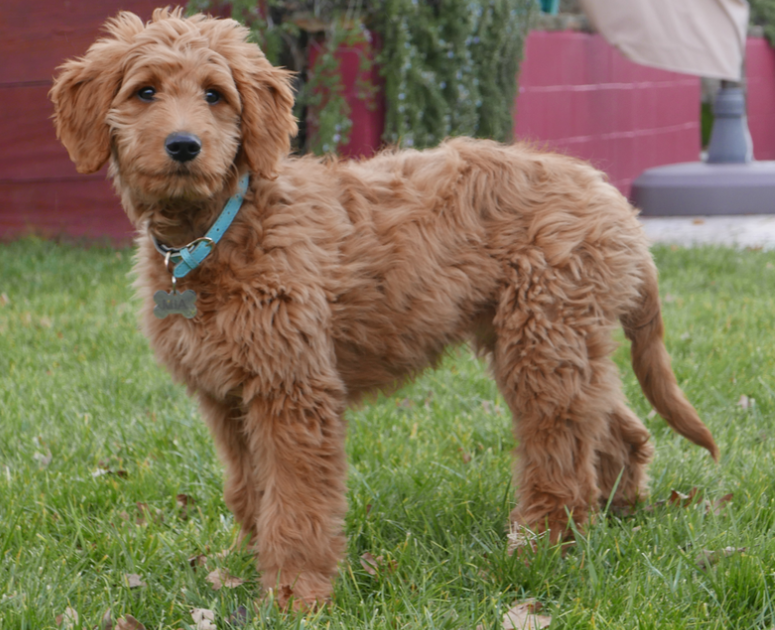
5. Doodles
Goldendoodles, Bernedoodles, and doodle crosses can be walking teddy bears, but overbreeding has led to additional anxiety in some bloodlines. Madson sees that the majority of doodles deviate from the norm with issues involving separation anxiety and fear-based behaviors. Early socialization is crucial. Supplement positive training with confidence-building enrichment exercises such as nose work or problem-solving games. For nervous doodles, create a peaceful environment through frequent, predictable routines and safe hideaways.
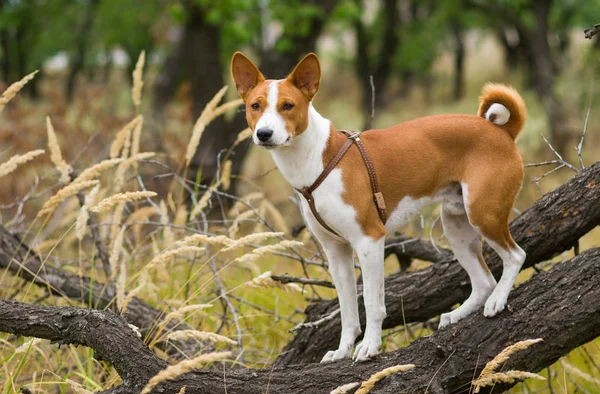
6. Basenji
The “barkless dog” is the nickname for these sleek, independent, catlike Basenjis. Joy warns that their finicky nature makes them resistant to relentless drill. Strong prey drive can overcome even excellent treats. Steer clear of strict training methods; instead, find out what drives them maybe a favorite toy or game involving scent. Give them some space to run, then use rewards to develop positive behavior. Leashes of extended lengths or enclosed yards can offer freedom without sacrificing control.
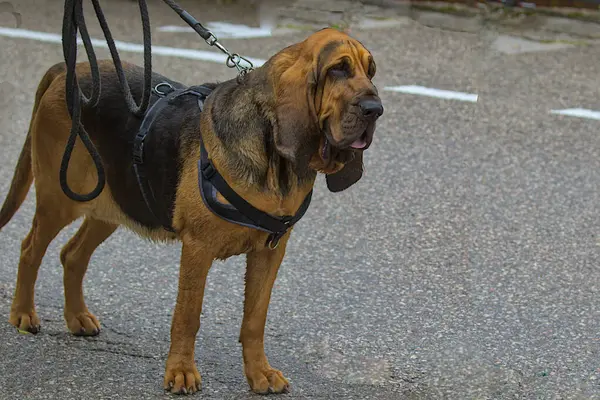
7. Bloodhound
Bloodhounds are the best trackers in history, used by law enforcement for their incredible noses. Phifer explains, “Their independence and instincts can make training difficult.” After they pick up the scent trail, they are hard to reroute. With persistence and patience, incorporate scent work into obedience training so nose tracking is part of the reward system. Utilize positive, well-defined sessions to develop reliability over time.
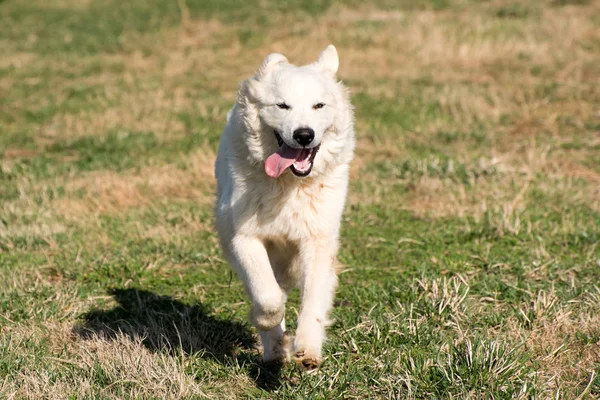
8. Great Pyrenees
Great Pyrenees are devoted and regal, having been bred to guard livestock regardless of human direction. Madson suggests that they “aren’t very motivated to work for treats” and will try to herd or guard family members. Provide outlets that mimic their guarding role, like scent work or Treibball. Structured enrichment balances their autonomy with responsiveness to command.

9. Australian Shepherd
Australian Shepherds are intelligent and energetic at times too much so for themselves. Lacking adequate mental challenge, they’ll invent their own “jobs” which might mean herding kids or reorganizing (or chewing) your footwear. Short, repeated periods of training with toys and treats keep them busy. Tasks such as agility or flyball for dog sports engage their intelligence and motivation, preventing boredom and reinforcing obedience.
Hard-to-train breeds aren’t about breaking their spirit they are about channeling their instincts into positive behavior. When you understand what makes them tick, you can turn stubbornness into strength. Whether it’s a Beagle’s sense of adventure, a Husky’s love of travel, or a Pyrenees’ need to protect, the right combination of patience, enrichment, and positive reinforcement can transform even the most challenging trainee into a loyal friend.


